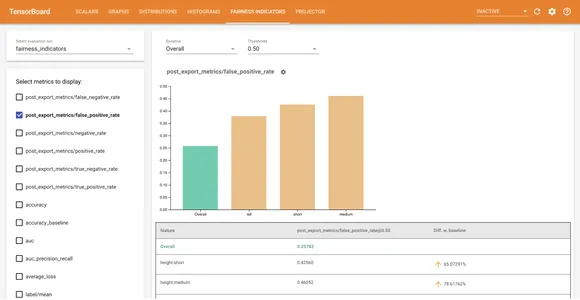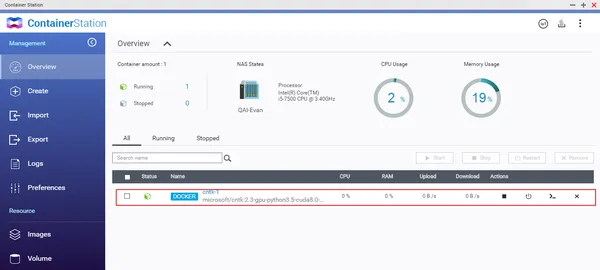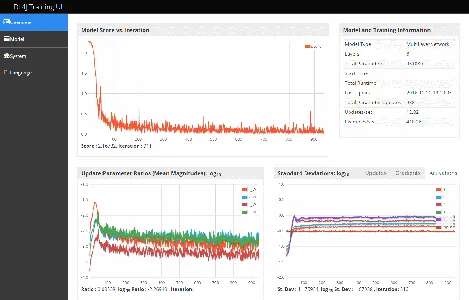The complex problems in the world of computers and artificial Intelligence need the aid of deep learning tools. The challenges change with time, and so does the analysis pattern. Constant updates on tools and newer perspectives to deal with the problems require hands-on expertise and experience handling deep learning tools. Review the updated list of top tools and the key features of each.
Table of contents
What is Deep Learning?
Deep learning is a subset of Machine Learning and part of Artificial Intelligence which is important for computers’ operation learning. The associated deep learning tools are responsible for curating the programs that process the computer’s data and patterns for decision-making. It is capable of predictive analytics through algorithms.
Big data tools are essential to handle massive volumes of data that traditional systems cannot manage efficiently. They enable storage, processing, and analysis of vast datasets, extracting valuable insights and patterns. By leveraging these tools, businesses can make data-driven decisions, gain a competitive edge, and improve overall operational efficiency. Here are top 10 big data tools:
- TensorFlow
- Keras
- PyTorch
- OpenNN
- CNTK
- MXNet
- DeeplearningKit
- Deeplearning4J
- Darknet
- PlaidML
TensorFlow

Key Features:
- TensorFlow provides interface in different languages like Go, Java, and Python.
- Allows graphic visualisations
- Contains models for building and deployment, including embedded and mobile devices
- Community help
- Efficient documentation facilities
- Allows computer vision, text classification, image processing, speech recognition
- Useful for large-scale neural networks with multiple layers
- Suitable for classification, understanding, creation, discovery, and prediction
Keras
Key Features:
- Has deep learning library in Python
- Contains models suited for web, mobile devices, and Java Virtual Machine
- Provides extensibility, modularity, and minimalism
- Provides a high-level abstraction to build different neural network types
- Enables distributed deep learning models on Tensor and Graphic Processing Units (TPUs and GPUs)
- Capable of running on top of Theano, TensorFlow, and CNTK
- Allows multi-input and multi-output training
- Built-in utility for data augmentation and preprocessing
- Has simple APIs, thus providing a user-friendly interface and offering feedback on error
PyTorch
Key Features:
- Pytorch is another open-source machine-learning library.
- Seamless processing from Python development to mobile devices deployment
- Adaptable to C++ interface, allowing low latency and high-performance applications.
- Allows different GPU supports for implementing deep learning models
- Comprises of direct interface with ONNX in the standard ONNX format (Open Neural Network Exchange)
- Provides robust ecosystem libraries for efficient developments
OpenNN
Key Features:
- Suited for non-technical experts as it does not require programming to create neural networks
- Efficient in speed execution and memory allocation
- Allows normalization, feature scaling, and automatic differentiation
- The user interface is easily learnable for functionalities like data management
- Easy interpretation from neural designer tool
- Quick training, thus saving time
CNTK
Key Features:
- CNTK, or Microsoft Cognitive Toolkit, is also open source deep learning framework available at a commercial scale
- Supports different programming languages like C++, C, and Python and is integrated with Microsoft Azure
- Allows easy combination of diverse deep learning models such as deep-feed forward neural network, recurrent neural network, and convolutional neural network
- Offers model programming language BrainScript
- Self-capable of parallelization and differentiation on different serves and GPUs
- Evaluation supported by Java Apps
- Multi-support is offered to different learning methods such as supervise, reinforcement, unsupervised learning, and generative adversarial networks.

MXNet
Key Features:
- Offered by Apache, version 7.0 of open source deep learning framework was released in 2016
- Suited for different functions like text classification, natural language processing, computer vision, and time series
- Assists in symbolic and imperative programming features along with automatic differentiation and gradient optimization features
- Efficiency evident by compatibility with dual parameters for Horovod and server for training and performance optimization
- Supports multiple programming languages, such as Perl, Scala, Java, C++, R, Clojure and
- Contains pre-trained models
- Offers detailed and flexible Python APIs
- Efficient with scalability options
DeeplearningKit
Key Features:
- It is the open-source deep learning framework
- Compatible with operating systems like OS X, Apple iOS and tvOS
- Performs image recognition on Apple devices using convolutional neural networks
- Uses Metal for GPU acceleration and Swift for app integration
Deeplearning4J
Key Features:
- Supports different Java Virtual Machine-based languages like Scala, Kotlin, Clojure and Java
- Capable of huge-sized text sets management and performing NLP tasks with vector space and topic model
- Cluster-based training supported by Apache Hadoop and Spark
- Performs numerous implementations such as deep belief networks, recursive neural tensor network, Boltzmann machine, word2vec, deep autoencoder, denoising autoencoder, doc2vecc, and GloVe
- Supports transfer learning, GPU acceleration, and deep reinforcement learning

Darknet
Key Features:
- Quick and easy to install
- Provides good performance due to framework in CUDA and C
- Compatible with GPU and CPU computations
- Eases time series prediction, image classification, and NLP
- Supports a variety of neural network architectures
- Provides Command Line Interface
PlaidML
Key Features:
- Integrates with operating systems like Windows, MacOS, and Linux
- Contains graph compatibility supports for novel platforms and GPUs
- Provides modular hardware supports from embedded to new processors
- Integrability with multiple deep learning frameworks such as ONNX, TensorFlow, and
- Good for experimentation purposes
- Allows automatic differentiation and integration with Python
Deep Learning Roles and Salary
Different roles deal with deep learning toolboxes (such as Matlab deep learning toolbox) and require hands-on machine learning with scikit-learn, Keras, and TensorFlow. Their salaries are tabulated as follows:
Conclusion
The emerging requirement for talented and skilled professionals with the right set of knowledge has created room for skilled candidates. Having an exact set of experience with accurately chosen tools is necessary to secure a job. The above-stated deep learning tools are among the currently trending ones in 2023. Do you have them in your skillset? If not, go on to learn and shine in the domain of deep learning. Remember to use your innovative bent of mind to prove your caliber.
Frequently Asked Questions
A. Multiple well-known and updated tools, such as TensorFlow, PyTorch, MXnet, and others, are available for deep learning.
A. The choice of deep learning tools depends on the problem, technical expertise, and available resources. Yet, the more generally suited tools are TensorFlow and PyTorch.
A. The ML tools are those specialized in ML or Machine Learning workflows. They can efficiently handle and process the associated data.
Ans. Deep learning is a subfield of Artificial Intelligence and hence can be considered a tool of AI. It deals with the development and application of Artificial Neural Networks.
Related
- SEO Powered Content & PR Distribution. Get Amplified Today.
- PlatoData.Network Vertical Generative Ai. Empower Yourself. Access Here.
- PlatoAiStream. Web3 Intelligence. Knowledge Amplified. Access Here.
- PlatoESG. Automotive / EVs, Carbon, CleanTech, Energy, Environment, Solar, Waste Management. Access Here.
- BlockOffsets. Modernizing Environmental Offset Ownership. Access Here.
- Source: https://www.analyticsvidhya.com/blog/2023/07/deep-learning-tools/



